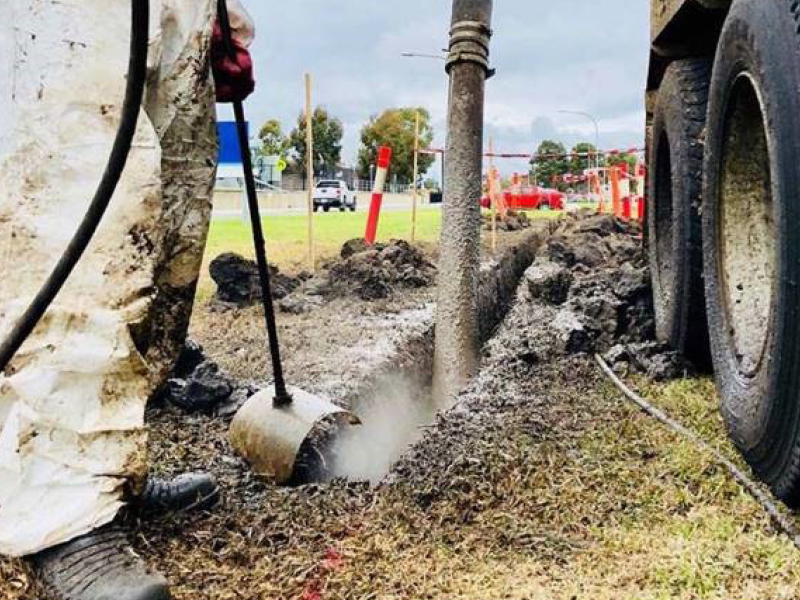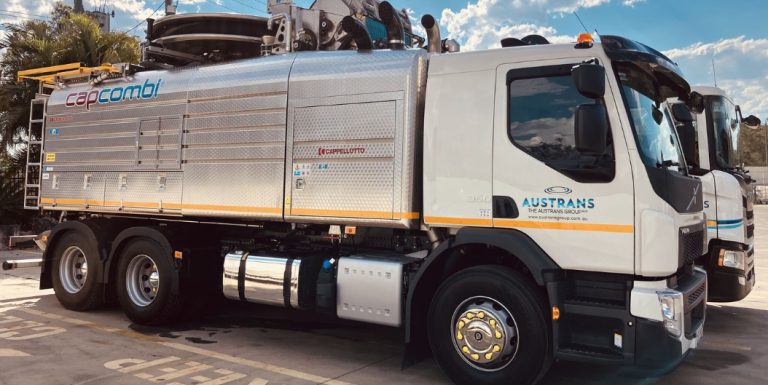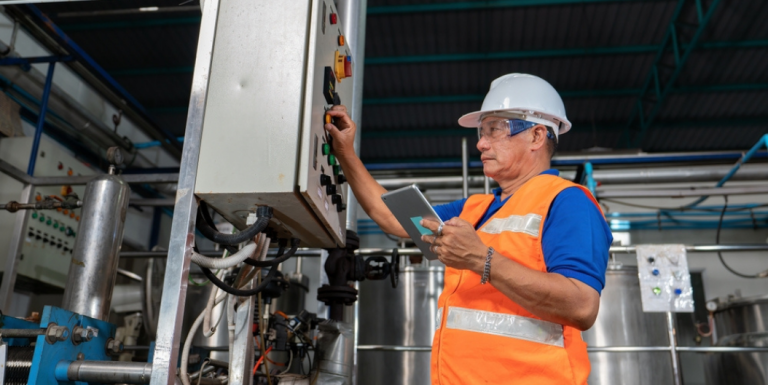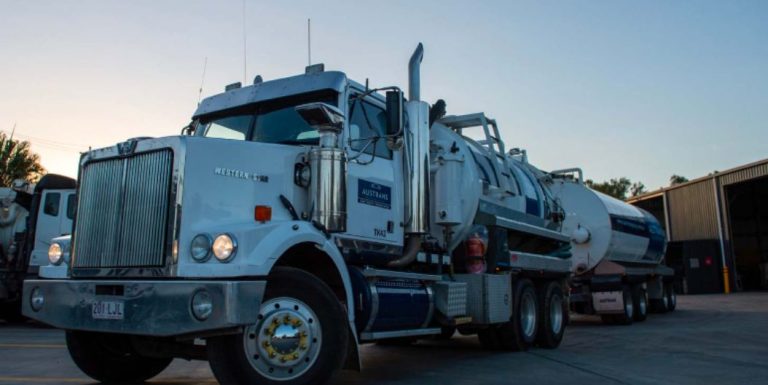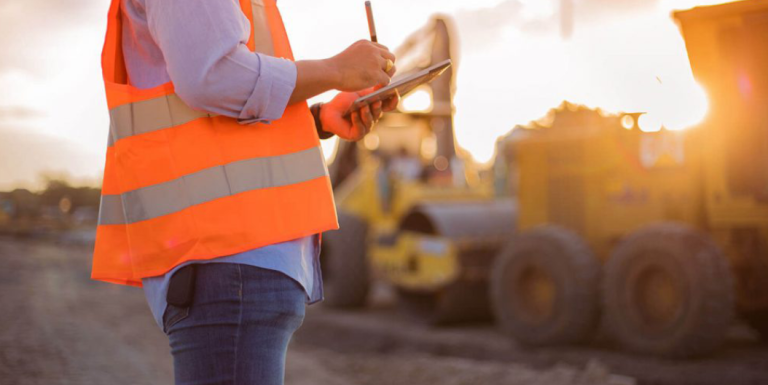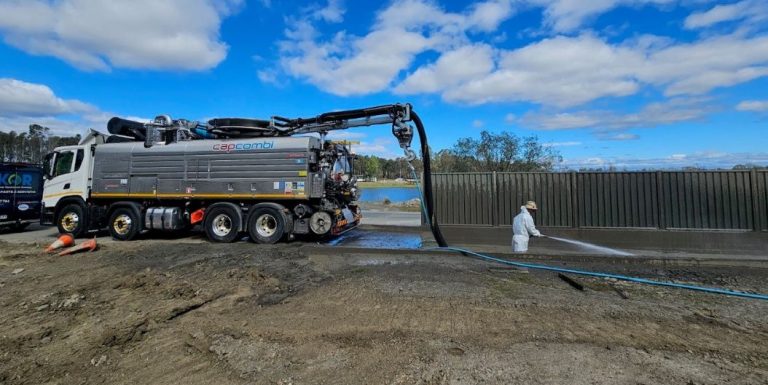How Does Hydro Excavation Work
Have you ever needed to access a tight spot underground, but don’t want to damage the surroundings? More often than not, hydro excavation is the answer.
Despite the fact that the value of underground assets are on the rise in Australia, site plans are notorious for failing to keep up with their developments. While underground assets can include things like electrical, water, sewage and drainage, gas, telecommunications, petrochemicals and hazardous substances, footing the bill for any potential damage inflicted by a jackhammer or drill is something most industry professionals would prefer to avoid.
As a modern alternative, hydro excavation has revolutionised the way we dig, and how we navigate underground assets that occur beneath the natural surface of the earth and within an enclosed space. Often regarded as a cost effective and non destructive method of digging, hydro excavation is becoming increasingly embraced by businesses, individuals and government entities alike – but how exactly does the process work?
An Introduction To The World Of Hydro Excavation
Although hydro excavation is often regarded as a new age form of underground digging, the origins of this practice actually go all the way back to the mid 1800s. It’s believed that hydro excavation first began in California, when miners started to use steam pump pressured water to wear away land masses without damaging the gold and other minerals.
As time passed and the technology of the era began to develop, the first hydro excavation services machine dubbed the “ExcaVactor” was built in 1969. Over the course of the next decade, vacuum trucks and sewerage cleaners were also adapted by the public for hydro excavation use, with some even moving the vacuums from these machines onto all terrain vehicles to better access remote locations.
Today, hydro excavation is widely used in a range of different industries and sectors, particularly when it comes to excavation, plumbing, accessing pipes, sewerage maintenance, and the installation of poles and posts. It’s become the economic choice for businesses who once relied on conventional excavation methods like shovels and backhoes, which require labour intensive backfilling and may leave more damage to the earth than originally intended.
In addition, hydro excavation presents several other clear advantages over other digging methods like jackhammers, drills and excavators, with just a handful of the most notable including the following:
- The depth, speed and digging area are more easily controlled
- No digging permit required as it utilises a non-mechanical ground entry
- Can be deployed in hours with less set up required
- Reduces damage risk to underground assets such as cables and other site services
- Can be conducted thirty to fifty metres away from the roadside or access areas
Unlike traditional digging methods, hydro excavation methods that use machines like a hydrovac are much faster and more effective, taking minutes compared to hours using traditional methods. Hydrovac excavation services are also considered to be safer and much more accurate, as the digging speed, depth and area can be controlled much more easily, reducing the risk of damaging other assets. Due to its non-mechanical ground entry, a hydrovac requires no digging permit and can be deployed relatively quickly.
As a general rule, the end goal for every hydro excavation is to use water to loosen the soil on the target surface, while a vacuum sucks up all the soil and other debris. This allows the machine to dig and create a deep hole without leaving lasting damage on the environment, with significantly less preparation and clean up required.
However, a successful hydro excavation project often hinges on the quality of the machine, the experience of the staff member handling it, and the communication between the service provider and the customer. If either of these components fall flat, the customer risks missing out on the many benefits that hydro excavation offers. Thankfully, the Austrans Group have a reputation for world class service with a tailored approach.
Meet The Experts In Hydro Excavation Services
Established in 1999, the Austrans Group is proudly Australian owned and operated, and is now recognised as an industry leader in waste management, industrial services and project management.
From public infrastructure to assisting in massive environmental rehabilitation and providing complete disaster recovery support, Austrans have done it all, and have the expertise to get the job done.
Our ability to meet or exceed expectations has created a reputation of reliability and integrity, and has elevated Austrans to its current position as a major service provider with clients all over Australia. To discuss how we can work together, get in touch with us today.

